Avatar Stickers
My Roles:
3D Animator
Avatars Interactions
Case Study:


Related Teams:
Engineering
UX Research
Product Design
2D Art
3D Art
Global Legal and Cultural Review
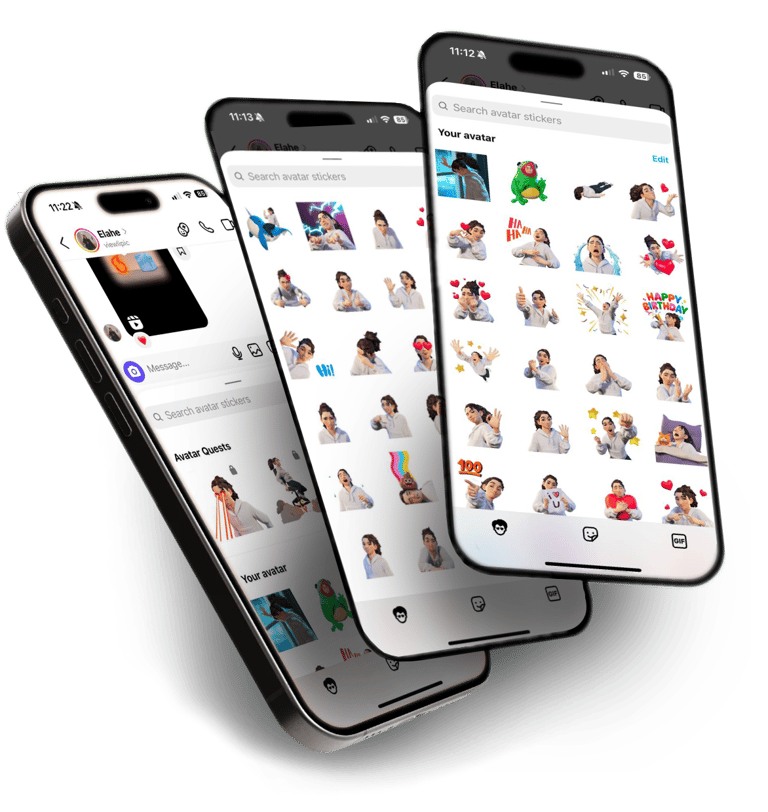

3D animation mirrors UX design!
Overview


Problems
Solutions
Low avatar engagement among teenagers and young adults (TAYA)
Expressive stickers to create emotional connection and playful interaction
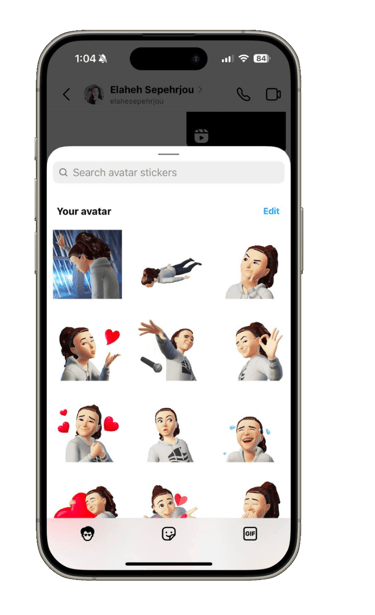

Engaging avatar animations and stickers


This project is from when I was a 3D Animator at Meta - interestingly, the design process was very similar to UX design.
Empathize
The UX Research team conducted several focus groups with TAYA
Target Users:
Teenagers and Young Adults (TAYA)
Users Problems:
Stickers lack fun, trendiness, and relevance
Low interest in creating/using avatars
Misaligned with user behavior and preferences
Business Objectives:
Increase avatars’ adoption and engagement
Goals:
Launch fun, trendy stickers to drive avatar engagement




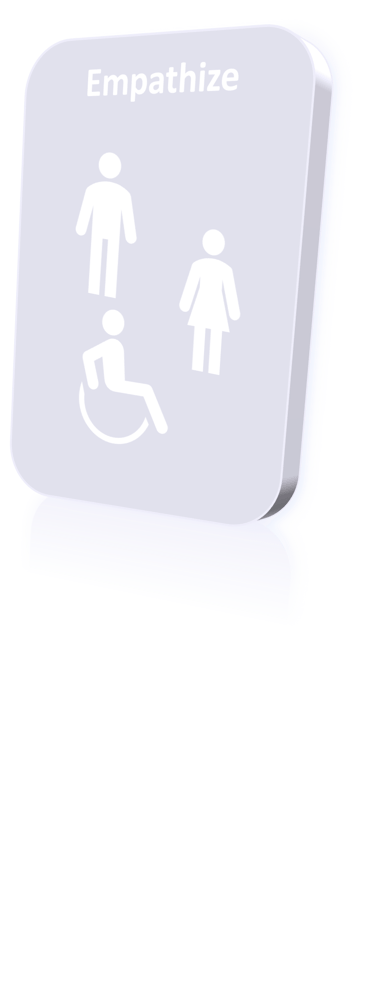

How might we make avatars more playful and emotionally expressive to better engage teen users on Meta platforms?
Define
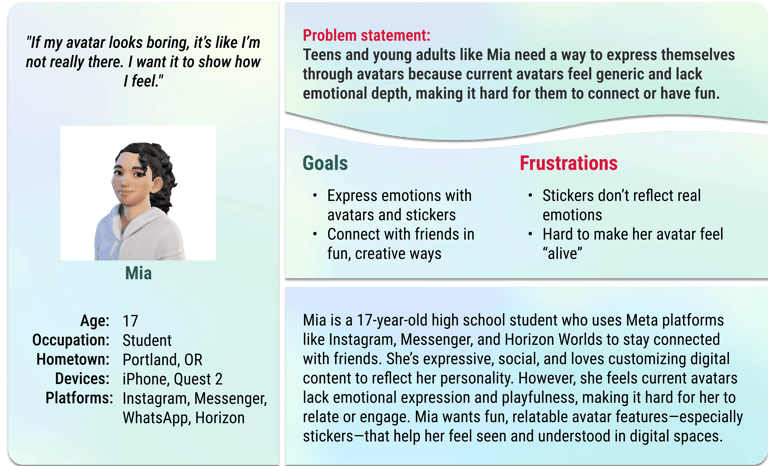





Competitive Audit:
Analyzed GIFs, trends, meme culture, and stickers from other platforms
Brainstormed Solutions:
Developed multiple quick sketch ideas
Conducted early concept testing with the team
Prioritized ideas with the majority votes.


Ideation




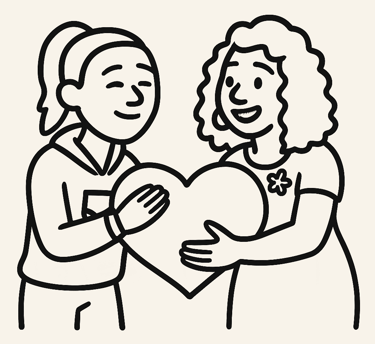



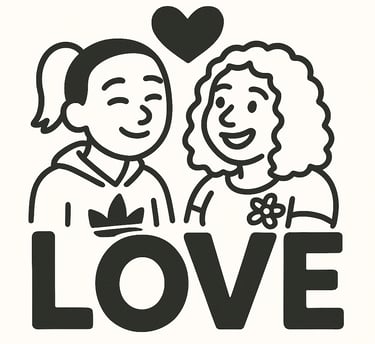



Similar design process as UX and product design
Wireframes:
Low-fidelity sketches of sticker ideas
Low Fidelity Prototype:
Low-fidelity 3D version of the sketches (blocking)
Design System:
Following avatars design system and style guides
Mockups:
Adding 2D imageries on 3D stickers


Design
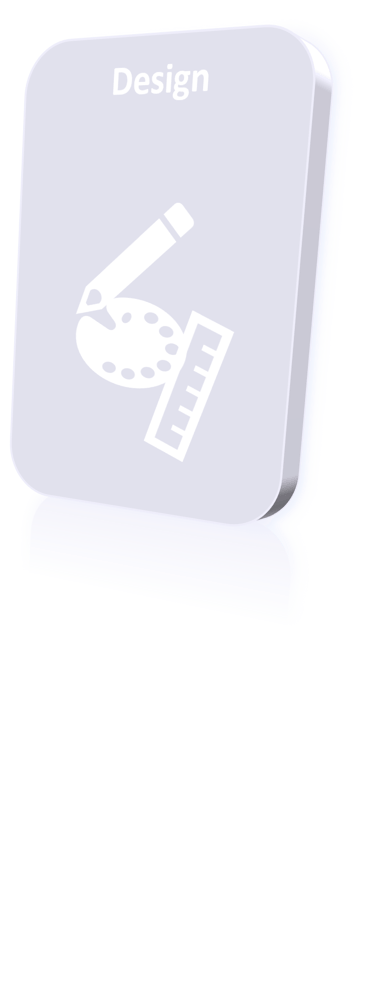

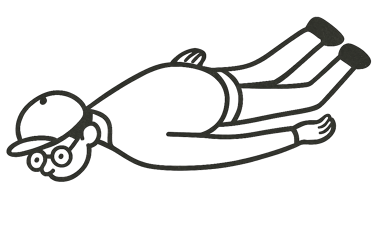





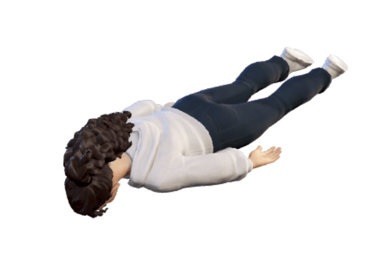

Wireframe
Lo-Fi
Hi-Fi
Final
Plank Sticker Evolution
High-Fidelity Prototype:
Posing and animating vibrant, exaggerated motions in 3D
Plank Sticker: humor + expressiveness = instant hit


Design




Test & Iteration
After three rounds of testing, feedback, and iteration, we received final approval and released the final version.






Before


After
Outcomes
Received insights from the engineering and UX Research teams after the release.
Plank Sticker hit 125 M+ impressions in 2 weeks
Highest-performing avatar sticker at Meta
Boosted avatar creation & user engagement
Users loved the humor & expression




Key Takeaways




Storytelling + empathy = strong user connection
Cross-functional teamwork drives success
Stakeholder management is crucial
This project led me to UX design
